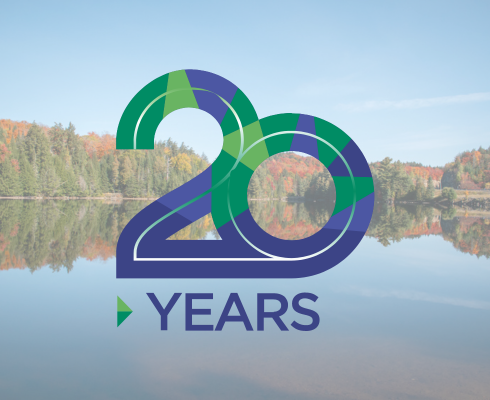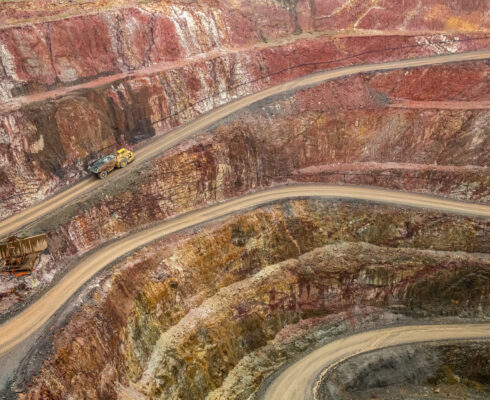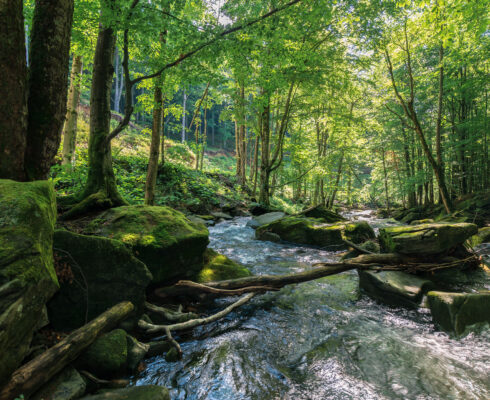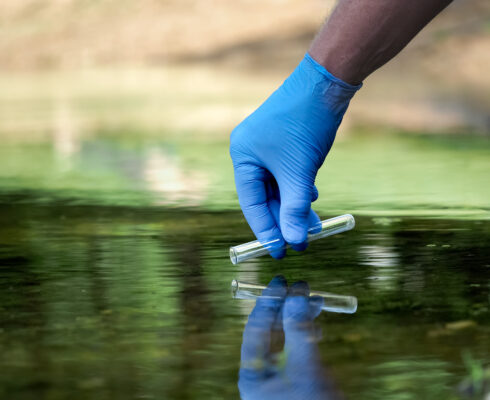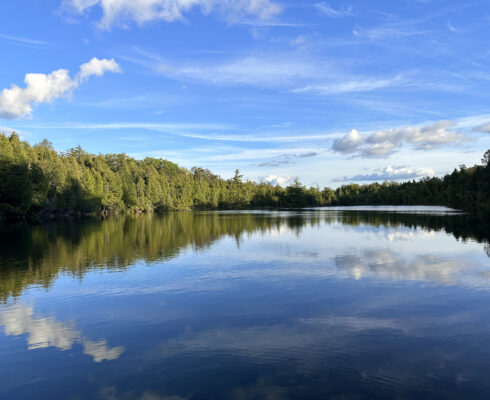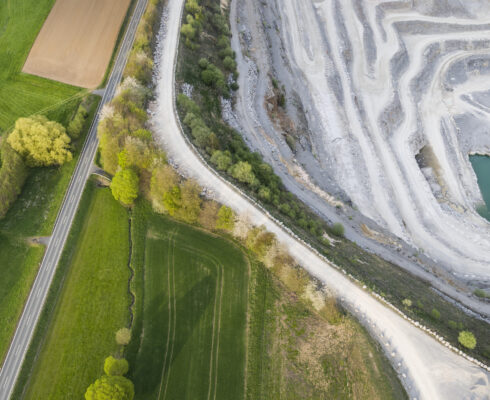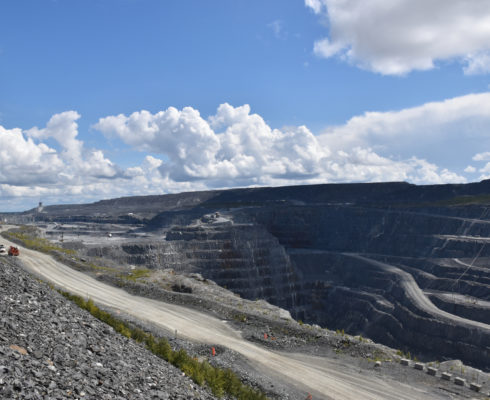Jonathan didn’t expect to enjoy a career in environmental consulting. He studied groundwater for his master’s degree in civil engineering at the University of New Brunswick. From there, he worked at the University of Waterloo as a research assistant, helping to expand an integrated groundwater-surface water code, before jumping into environmental consulting.
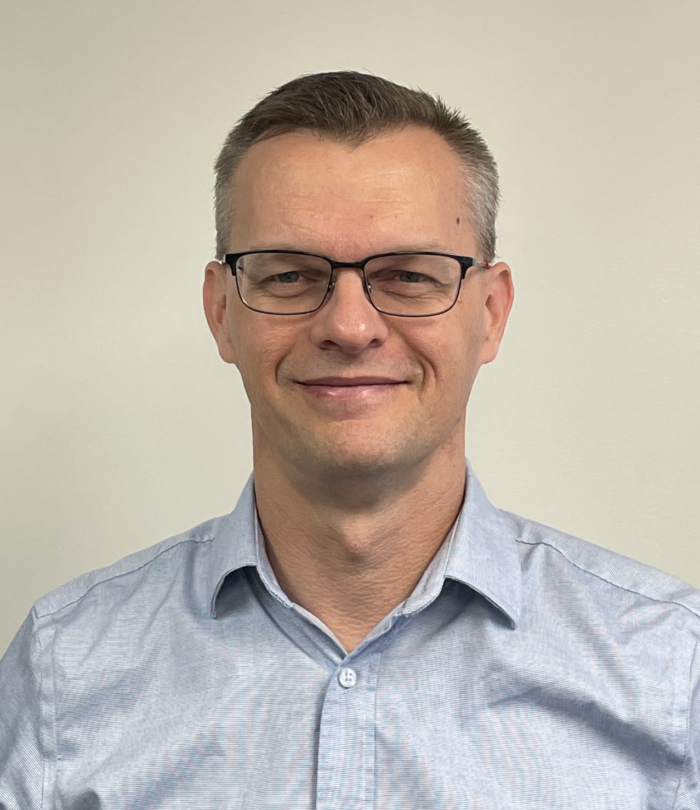 Jonathan Keizer, Senior Hydrogeological Engineer
Jonathan Keizer, Senior Hydrogeological Engineer
Once he started consulting, he discovered how much he enjoyed the challenging projects and the fast pace of the role.
Today, he works at Ecometrix as a Senior Hydrogeological Engineer as part of our integrated water services team, which utilizes Environmental Intelligence™️ and the four principles of TASC (Thought, Application, Solution and Communication) to help our clients make informed and comprehensive water management, design, and operational decisions.
While Jonathan’s role allows him to adapt his skillsets to find solutions to unique projects, the overarching ambition is to integrate the team’s water services so it can be approached holistically from start to finish.
“When I think about a mining project, one of the biggest challenges is water,” Jonathan says. “How do you manage it? How do you get enough of it? If you have too much, what do you do with it? I’ll be working with geochemists, water resources experts, and hydrogeologists, as well as downstream people like habitat aquatic toxicologists doing the final risk assessment. It’s about integrating groundwater so we can provide a holistic picture of what the effects of a mine look like and how it interacts with the environment.”
In addition to the experience Jonathan gained throughout his career and academic journey, he’s been involved in several events about the same topic.
Last November, Jonathan presented a paper and relevant case studies at the Tailings and Mine Waste Conference in Vancouver called Beyond Foundation Seepage: Hydrogeology, Seepage and GISTM. It discusses scientific streams that are required to inform the design, construction, operation, and management of tailings storage facilities (TSFs), and how hydrogeology and geochemistry are essential in understanding the potential for migration of seepage downstream.
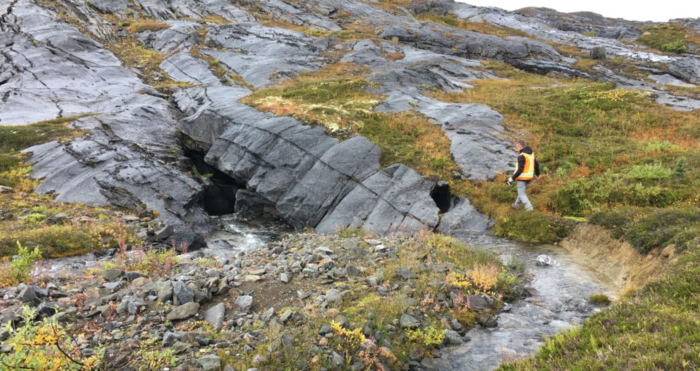 Jonathan in the field.
Jonathan in the field.
Jonathan is also a member of the International Association of Hydrogeologists. More specifically, he’s part of the Canadian National Chapter as its membership director. Recently, he and others prepared a briefing paper for the House of Commons Standing Committee on Environment and Sustainable Development titled Groundwater is critical to effective freshwater management in Canada.
If there’s something Jonathan has learned across all the projects he’s worked on over the last few decades, it’s that no two days are the same.
“You work with different projects, clients, and problems. You have the same set of skills to apply but do so in different ways to come up with different solutions,” he says. “You have to think of every problem in its own context.”
When Jonathan isn’t working in the field or dealing with data at the office, you’ll find him spending time with family at home or travelling.
Explore one of our approaches to water
Thanks to hydrodynamic modelling, clients can ensure their pit lakes are viable long into the future.


